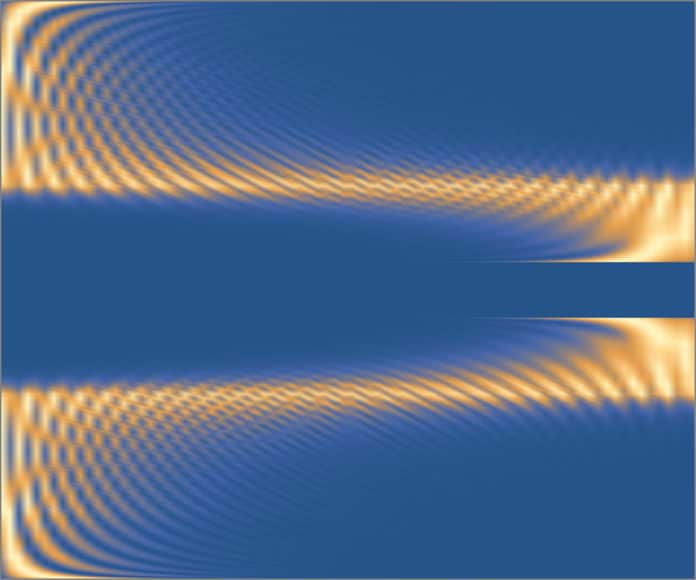Non-Hermitian systems cannot be described by standard laws of quantum mechanics but could be described by non-Hermitian Hamiltonians. Such systems are ubiquitous, and their topology is fundamentally shaped by the so-called “non-Hermitian skin effect,” which leads to unconventional bulk-boundary correspondence, which has never been observed in Hermitian systems.
The principle of mass limit correspondence makes a relationship between a bulk property of a material encoded in a topological invariant and what happens at its limit (e.g., on its surface or edges). To detail this bulk-boundary correspondence, physicists require a general and quantifiable meaning of topological invariants.
Up until now, most constructions of non-Hermitian topological invariants have been founded on a nice geometrical object known as the generalized Brillouin zone (GBZ). However, this calculation can sometimes be complicated to perform.
Scientists at Tsinghua University in China have addressed this issue by developing a more straightforward and user-friendly construction of topological invariants.
Zhong Wang, one of the researchers who carried out the study, said, “We take a real-space wavefunction approach, which was stimulated by earlier studies exploring Hermitian systems by Alexei Kitaev and subsequent works by others. At first sight, this real-space approach looks unsuitable for non-Hermitian systems because of the peculiar behavior known as the “non-Hermitian skin effect'” of non-Hermitian systems. But at some point, we realized that it might work even in the presence of non-Hermitian skin effect. Indeed, it does.”
The approach first entails the calculation of a system’s wavefunctions in real space, which is a standard procedure. Once these wavefunctions have been calculated, scientists can easily calculate non-Hermitian topological invariants using a series of formulas.
Wang said, “Our study provides a simple approach for non-Hermitian topological invariants, and also deepens our understanding of the non-Hermitian topology. This approach has several advantages. First, it is user-friendly; second, it is widely applicable (e.g., it can be applied to random systems in which the generalized Brillouin zone is not easy to define).”
“We are now working with experimental physicists to bring more non-Hermitian conceptions to reality. Among other efforts, we are investigating the rich many-body physics of non-Hermitian systems, which is currently poorly understood.”
The research is presented in the journal Physical Review Letters.
